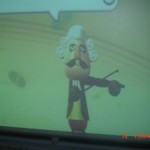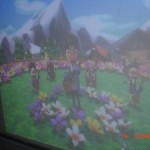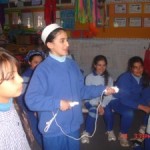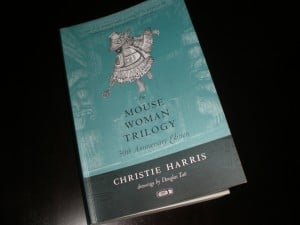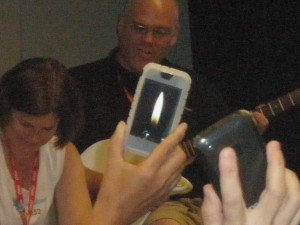WHY GAMES?
- Games are a shared experience.
- Games build community – they are played socially at school.
- Meaning is constructed as a group – individuals contribute to group understandings.
- Language is played with – used in different ways to make different meanings.
- Language becomes more visible through a game – it has shared context, shared understandings and shared meanings.
- The experience, and the consequent language, is like “playdough” – it can be added to, moulded, pulled apart, re-arranged, viewed, discussed, evaluated, improved; first as a group, then individually; first orally and then written.
- Immersion in the experience is child-centred, lots of time is spent on student initiated and led exploration of the game and/ or the game world. Students become part of the experience: In the game directly: Participating in the game – manipulating the characters and events – “living the game”: As a springboard for real life, authentic learning.
- Learning outcomes are planned in detail – shared explicitly with students to support meta-language and deep knowledge.
- Learning indicators are specific and focused: one scene or setting, one character or one object.
CONTEXTS FOR LEARNING
Endless Oceans – Tom Barrett
Cooking Mama – LTS Consolarium
Nintendogs – LTS Consolarium
Samba De Amigo – LTS Consolarium
- Authentic, real world tasks
- Rich tasks
- Cross-curricula
- Creative – many ways to fulfill the assessment
- On and off the computer
- Expands across KLAs
- Whole class input
- Contract work
KLA SPECIFIC
Dolphin Island HSIE, S&T
wiiSports Maths – Tom Barrett
Drawn to Life English – Writing
Brain Training & Maths Training – LTS Consolarium
- More focused on one KLA area
- Individual, pairs, trios, smaller groups
Peter Richardson has a site that features a collaborative list of wii games and associated Year levels and activity focus.
PLANNING
Start with learning outcomes
Identify a game to support intended outcomes
Mind map, backward map, Blooms/Multiple Intelligences matrix.
Real world, authentic tasks.
